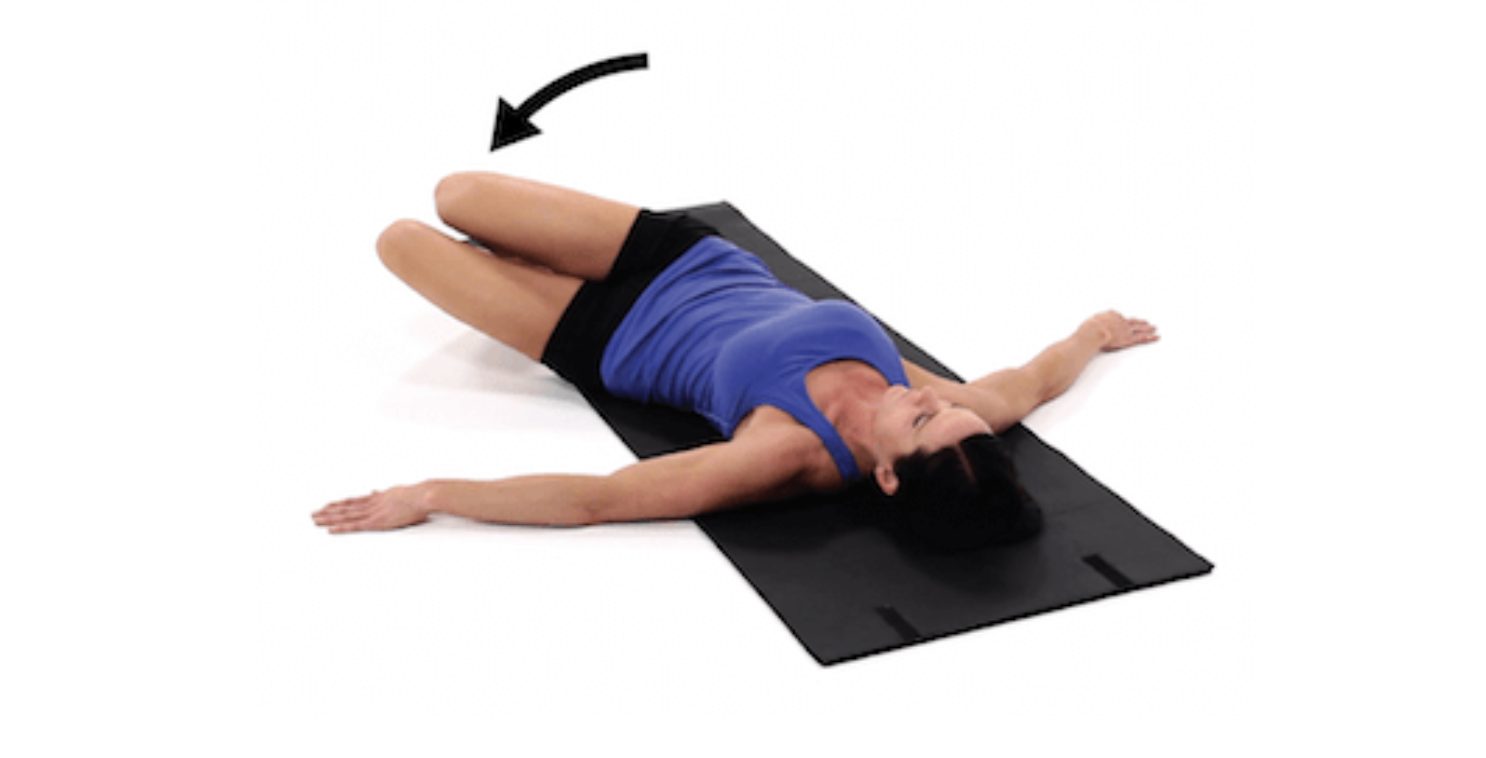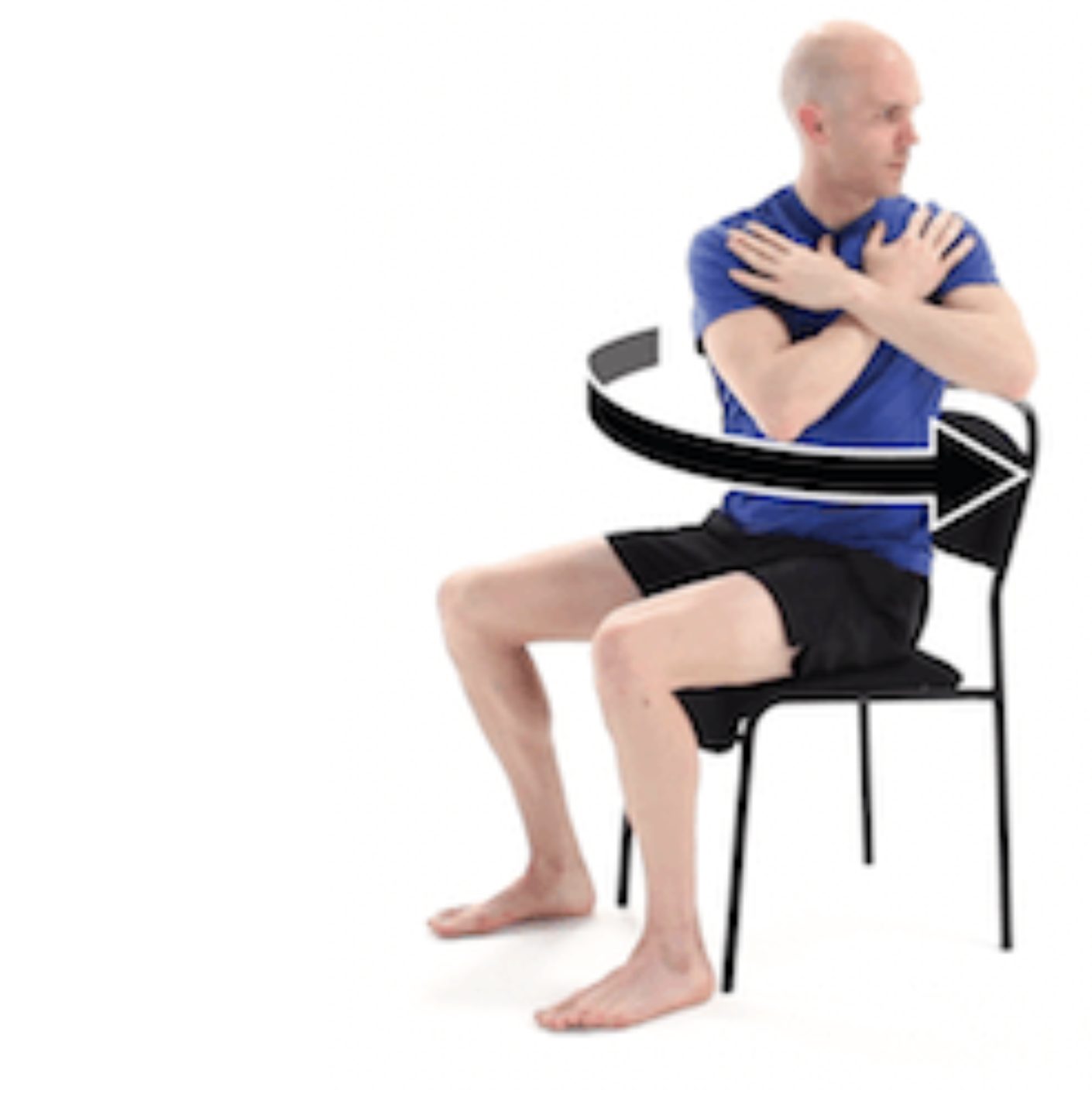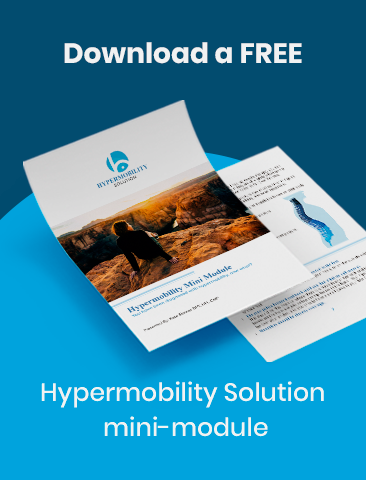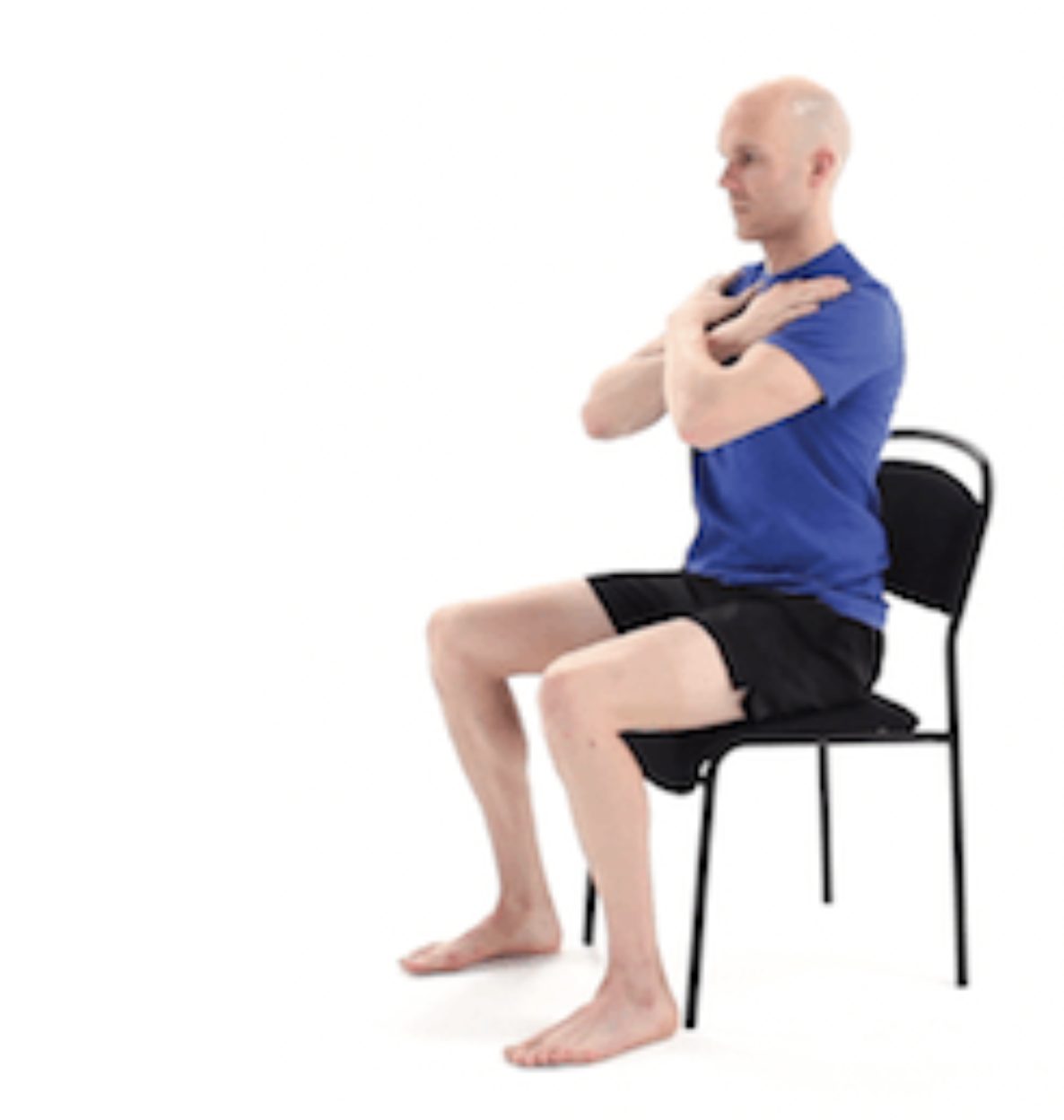Controlling rotation with hypermobility is absolutely necessary. Twisting and turning are natural movements that occur frequently throughout the day.
When hypermobile, it’s incredibly important to be aware of the way that you control your rotation in order to decrease pain and hypermobility symptoms.
The problem with most turning is that if you don’t control the movement, the movement will come from the area of least resistance, and people with hypermobility are very susceptible and have a tendency to move a lot at one segment.
Check out the remainder of this article to learn more about how to control your rotational movements in order to decrease pain and hypermobility symptoms.
- Starting Out
- Sitting Rotation
- Standing Rotation
- Set Reachable Goals
Starting Out
When you aren’t controlling the rotational movement of your body, over time, you will start to wear out the area or segment that you generally use; the area of least resistance.
In turn, this can cause more pain and muscle spasms as your body tries to control this movement.
Use a mirror
When working on controlling your rotational movement, using a mirror can be helpful to allow you to understand better where your movement is coming from.
Watch how you move and see if you can keep all levels of your back moving together.
Try lying on your back
Another easy way that you can start to implement this technique is by lying on your back with your knees bent.
Let your knees drop to one side together. Work on moving one segment at a time gradually up your spine.
You want each level to move, not all the movement at one spot. Then use your abdominal muscles to pull your knees back to “straight.”
Don’t use your back. This allows you to start controlling your back with your abs and paying attention to where you are moving from.

Sitting rotation
After you feel comfortable controlling your back while lying down, move onto sitting.
This is one of the most important functional movements; anyone who works at a desk needs to be able to rotate and rotate safely when hypermobile.
When you’re sitting, the transition between your thoracic and lumbar spine tends to get beat up with a lot of rotation.
Because of this, you will want to be careful with how you are moving and do so in a controlled manner.
Guidelines for practicing sitting rotation:
- Always sit up tall, don’t slouch when you are turning.
- Try to move a little at each segment and not all at one spot.
- Don’t strain; if you push it, the weakest spot will give.
- Try to move to both sides, avoiding always going in one direction.
This movement below is a great move to start out with when you’re beginning your work on controlled movement.
The setup
Begin sitting upright in a firm chair with your arms crossed over your chest.
The movement
Slowly rotate your trunk to one side. Try to move each segment and focus on the control, not the amount of movement. Then return and repeat the rotation on your other side. Move your back, not your head. Keep your head in line with your shoulders.
Movement tips:
- Sit up tall throughout the exercise and do not bend forward or backward.
- If you are working at a desk, use the wheels and move the office chair as much as you can.
- Make the chair swivel instead of your back any chance you get.

Standing rotation
Moving on from your sitting rotational exercises, and once you feel comfortable twisting while sitting, and can do so without increasing your pain, then move onto standing.
In standing, you want your back to twist a little at each level, but try to use your hips as much as possible.
Your hips are ball joints and better designed to swivel than your back. Use them to decrease the load on your back.
Practice this movement below:

The setup
Begin in an upright standing position with your arms crossed over your chest.
The movement
Slowly rotate your body, focusing on moving at each segment, but keeping your head in line with your shoulders. Don’t twist your neck. Move your head and your trunk at the same time.
Movement tips:
Try not to arch your back during the exercise, use your hips, and don’t roll out on your feet.

Set reachable goals
Keep in mind, when working on these exercises, they’re meant to be practiced and performed daily.
All of these movements are things that are naturally performed every day. These natural movements may be picking up a sock, or groceries, or reaching up for your seatbelt.
But, each task can be broken into a series of movements.
As a starting point, use these basic building blocks so that you can recognize and practice the movements. Then, try to apply them to your everyday life.
The most critical piece is the cross-over into your life and the things you do. Even if you can do them correctly, if you don’t use them when you need them, you won’t get better.
Your goal should be reachable, but overall transition into long-term changes so that you can continue to do them for a long time to come.
Looking for an online support team? Join the Hypermobility Solution Facebook Group here!

About Kate

Kate Skinner is a Doctor in Physical Therapy, co-founder of Great Divide Physical Therapy, and creator of Hypermobility Solution.
Recent Posts



